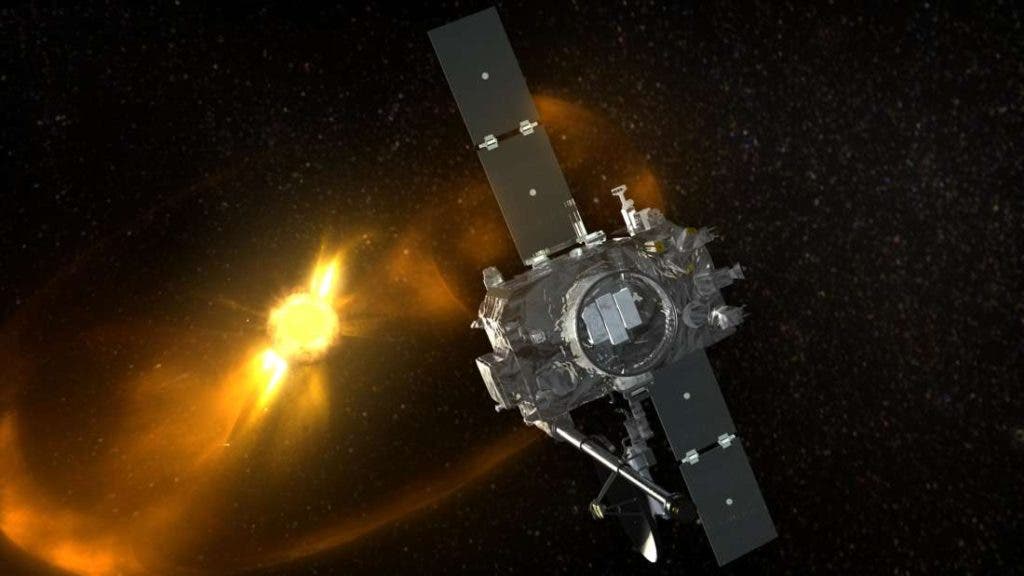NASA has re-established contact with STEREO Behind, for the first time in 22 months. Communication with the spacecraft was lost on October 1, 2014, during a test of one of its internal systems.

Image credits NASA.
The space agency announced yesterday that it had successfully come into contact with the Solar Terrestrial Relations Observatory (abbreviated STEREO-B or STEREO Behind) on Sunday, after more than 22 months of uncertainty regarding the spacecraft. It was launched in October 2006 along with its sister craft STEREO-A and was meant to help us understand how the Sun and Earth interact. One of the crafts was to position itself ahead of Earth’s orbit, and the other behind it, but apart from this they were more or less identical. Their different positions would allow NASA to measure matter and energy flow between Earth and our star, and would also help in measuring coronal mass ejections, powerful solar eruptions that can fry electronics on Earth’s surface and orbit.
But on October 1, 2014, disaster struck. Communication with the craft was lost as ground control was testing its solar conjunction operations protocol: basically, the craft is programmed to enter a safe mode state when it reaches the far side of the Sun, marked by it not receiving any word from Earth for 72 hours, to protect its powerful antennas from solar heat and radiation.
An error in the software caused it to engage the protocol before time, and by the time ground control figured what’s happening the craft had deviated from course enough for its signals to be blocked by the Sun. A simulation of what NASA thinks went wrong can be seen here.
“The sun emits strongly in nearly every wavelength, making it the biggest source of noise in the sky. Most deep space missions only have to deal with sun interference for a day or so, but for each of the STEREO spacecraft, this period lasted nearly four months,” explained STEREO mission operations manager Dan Ossing in 2015.
Contact was re-established using NASA’s Deep Space Network, the huge web of antennas that the agency uses to keep in touch with all the satellites in the sky. Right now, NASA is evaluating STEREO-B’s condition to determine their future plan of action.






